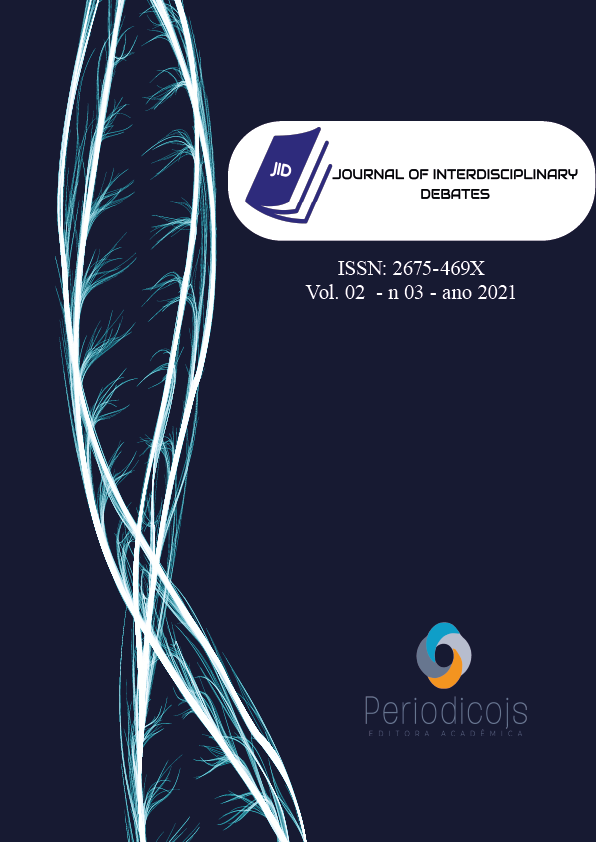Abstract
Considering that the appropriation of geometric knowledge can help the student to understand the world around him, this work aims to show how the teacher can analyze his student's level of geometric knowledge. As a theoretical contribution, using the Van Hiele Theory which considers that the appropriation of geometric knowledge occurs at five levels, level 1 (recognition, comparison and nomenclature of geometric figures by their appearance), level 2 (analysis of figures, properties and use of them ), level 3 (precise definitions, informal logical arguments and ordering of classes of geometric figures), level 4 (demonstrations and recognition of necessary and sufficient conditions) and level 5 (formal demonstration, establishment of theorems in different systems and comparison of them) .
References
Biografia: Euclides de Alexandria. Disponível em:
https://www.ebiografia.com/euclides/
BOYER, C. História da Matemática, tradução Elza Gomide, São Paulo, Edgar Blucher, 1996.
BRASIL, Secretaria de Educação Fundamental. Parâmetros Curriculares Nacionais: Matemática. Brasília: MEC/SEF, 1998.
BRASIL. Secretaria de Educação Fundamental. Parâmetros Curriculares Nacionais: Matemática, V. 2. Brasília: MEC / SEF, 1997.
CARVALHO, Dione Lucchesi. Metodologia do ensino da matemática. São Paulo: Cortez, 1994.
GREENBERG, M. J. Geometrias Euclidianas e não Euclidianas, San Francisco: W. H. Freeman Company, 1980.
FANTINEL, Patrícia C. Representações gráficas espaciais para o ensino de cálculo e álgebra linear. Rio Claro: Unesp, Dissertação de Mestrado, 1998.
FILLOS, L.M. O ensino da geometria: depoimentos de professores que fizeram história. In: EBRAPEM, Belo Horizonte, 2006. Anais, Encontro Brasileiro dos Estudantes de Pós-Graduação em Educação Matemática. Disponível em: <http:// www.fae.ufmg. Br:8080/ebrapem/completos/05-11.pdf>.
JÚNIOR, J. R. C.; SILVA J. B. R. A Geometria pela Ótica da Teoria de Van Hiele: Uma análise do nível de desenvolvimento do pensamento Geométrico de Alunos de um Curso de Licenciatura em Matemática. EPBEM, Campina Grande, v. 8, p. 1-13, 2014.
LIBÂNEO, José Carlos. Didática. São Paulo: Cortez, 1995.
MARTINS, Gilberto de Andrade. Estatística Geral e Aplicada. 3ª. Ed. São Paulo:
Atlas, 2006.
Livro I dos Elementos de Euclides.
Disponível em: http://www.mat.uc.pt/~jaimecs/euclid/1parte.html.
PASSOS, C.M.B. Representações, interpretações e prática pedagógica: a geometria na sala de aula. Tese de doutorado (Universidade Estadual de Campinas – Faculdade de educação), 2000.
PIAGET, J. & GARCIA, R. Psicogêneses e História das Ciências, Ciência Nova, Nº 6, Lisboa: Dom Quixote, 1987.
NASSER, Lílian (Coord.); SANT’ANNA, Neide P. (Coord.). Geometria segundo a teoria de van Hiele. Rio de Janeiro, Projeto Fundão IM/UFRJ, 2010.
NASSER, L. Usando a teoria de Van Hiele para melhorar o ensino secundário de geometria no Brasil, Eventos; INEP, nº04, 2ª parte,1994.





